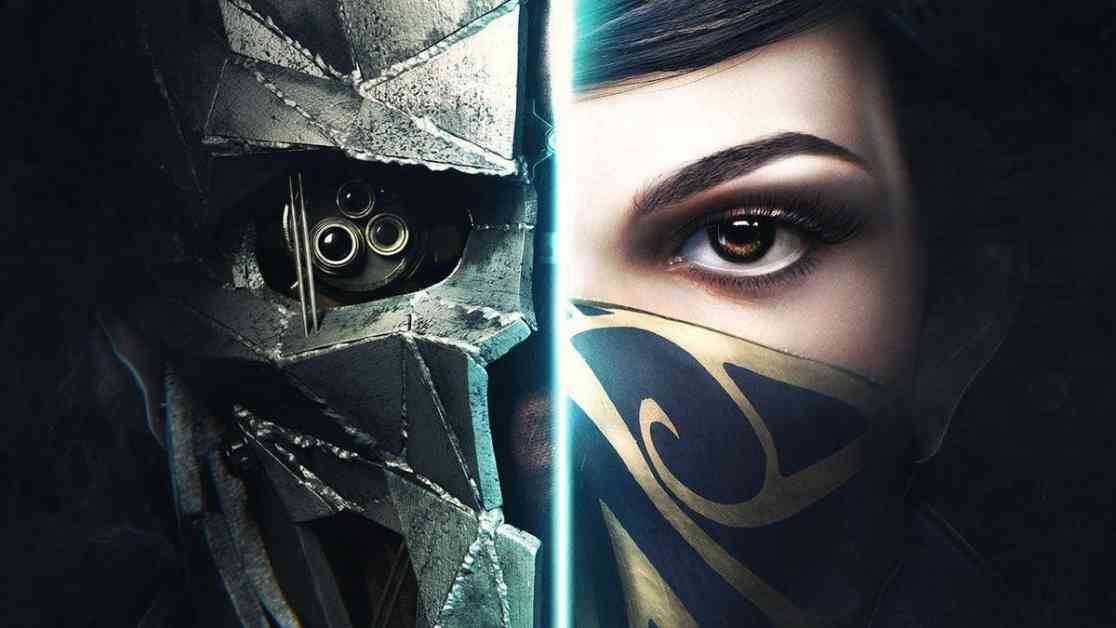WolfEye Studios, a game developer founded by ex-Arkane devs, is currently working on a new project that will bring back the immersive sim roots that fans of Dishonored and Prey will appreciate. This is exciting news, especially since Arkane itself seems to be moving away from this genre. While we eagerly await WolfEye’s new game, it’s a great time to revisit Dishonored 2 and remember why it’s considered a masterpiece in immersive sim design.
Arkane initially gained attention with the release of the first Dishonored game in 2012, praised for its exceptional level design and stealth mechanics. Four years later, they upped the ante with Dishonored 2, a sequel that surpasses its predecessor in every aspect. If the first game was a proof of concept, Dishonored 2 took that concept and executed it flawlessly. The game truly shines when it allows players to explore a large sandbox environment with a variety of tools to tackle challenges in their own unique way.
Dishonored 2 introduces a dual protagonist setup, giving players the option to play as either Corvo or Emily Kaldwin, each with their own set of unique powers that evolve throughout the game. While both characters have similar abilities for navigation and traversal, they also possess distinct skills that offer diverse solutions to problems. This choice significantly expands the potential paths players can take through each level, turning the game into an experience of experimentation, improvisation, and mastery.
One of the most iconic levels in Dishonored 2 is the Clockwork Mansion, a fascinating setting filled with secret rooms, shifting walls, automaton enemies, and more. Players are presented with various options to navigate the mansion, such as unfolding different staircases by activating switches or exploring hidden passages behind walls. This level showcases the game’s intricate design and challenges players to think creatively to overcome obstacles.
The Clockwork Mansion is just the beginning of the impressive levels in Dishonored 2, with subsequent missions introducing even more intriguing mechanics. For example, a time-traveling mission allows players to move between past and present timelines within a single space, altering the outcome based on their actions. The game’s vast possibilities ensure that players can continuously discover new paths and interactions within the levels.
Every aspect of Dishonored 2 demonstrates Arkane’s expertise in creating immersive sims, setting a high standard for the genre. If WolfEye’s upcoming game can capture even a fraction of Dishonored 2’s brilliance, it is likely to be a remarkable experience for players. As we anticipate the release of WolfEye’s project, revisiting Dishonored 2 serves as a reminder of the innovation and creativity that defines the immersive sim genre.

